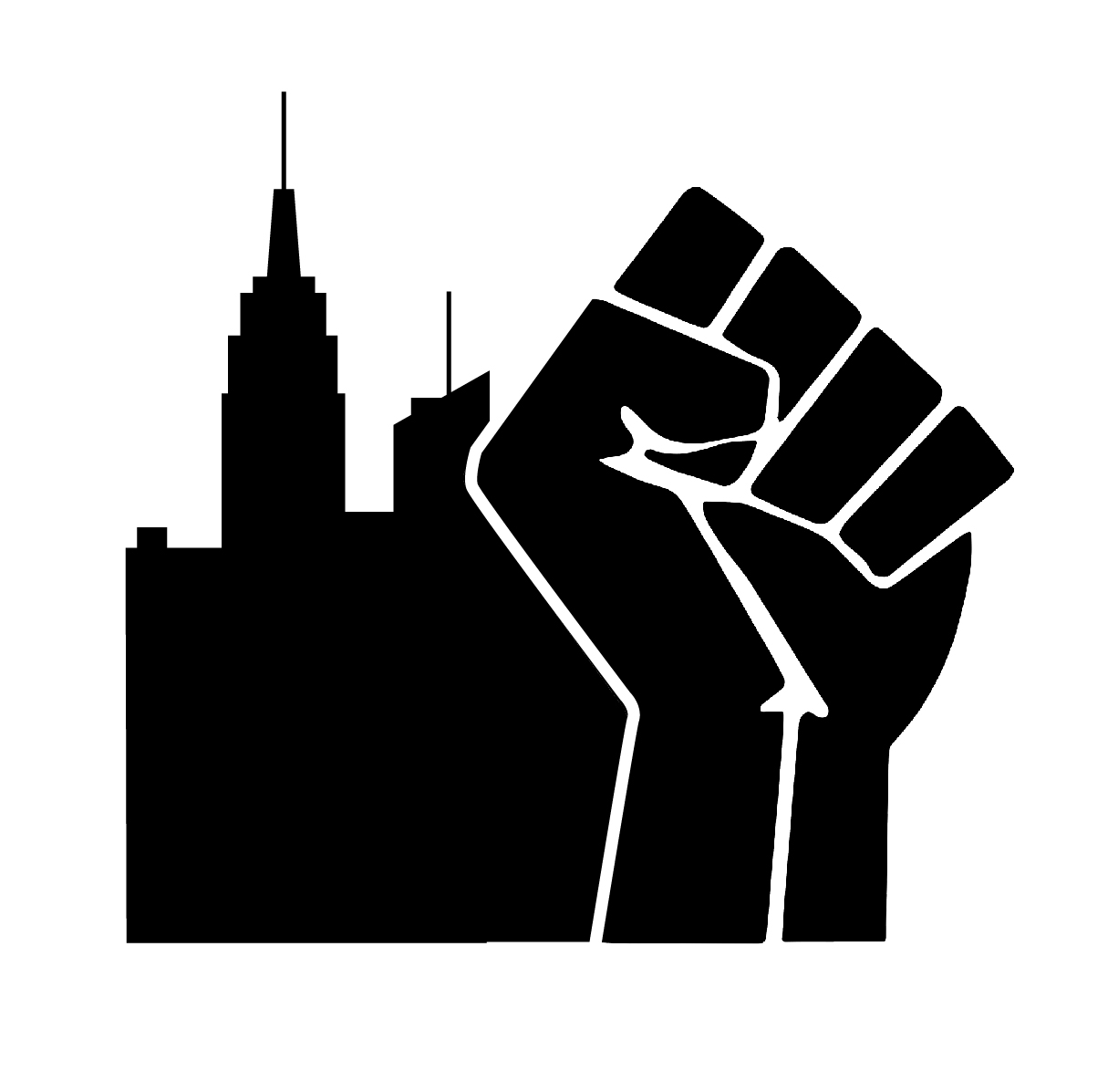In March 2021, a gunman opened fire on three massage parlors in Atlanta, Georgia, killing eight people. Six of the victims were Asian women. In the shooting’s aftermath, many of us found ourselves wondering whether the women he killed were prostitutes or victims of sex trafficking. But when we find ourselves wondering whether victims of violence were involved in sex work, we should ask ourselves why. If the women he murdered gave one type of massage over another, would that make them less deserving of our sympathy? What if they were sex workers, but not by choice? If they weren’t sex workers, would we feel bad that the media portrayed them as such?
Whether or not the spa employees provided sexual services is perhaps not as important as the fact that the gunman believed that they did, and his target was clear. The gunman’s actions delivered in technicolor an illustration of this country’s problem not only with racist and fetishistic perceptions of Asian women, but with stigma toward sex workers generally. This stigma is reflected in policymakers’ approaches to sex work, which most often occur exclusively through the lens of criminal law. Lawmakers and many feminists think of sex workers, whether they are trafficked into the sex trade or there voluntarily, as victims of something: evil bosses and pimps, kidnappers, or, simply, the patriarchy. And so we try to solve the problem the way we try to solve most problems: by making arrests. Victims need rescuing. And rescuing is done by the police.
We’ve seen this before. In the aftermath of the Civil War, a nation founded on chattel slavery and indentured servitude began using the terms “white slavery” and trafficking to refer to both voluntary and involuntary prostitution of white women. Late nineteenth century panic over “white slavery” was fueled by a national concern that Black and foreign men were luring white women into prostitution. Besides its clear and deep ties to white nationalism, this panic was in part driven by fears about women’s economic independence as they increasingly migrated to cities to become workers outside of the home. And it was amid this racist, sexualized hysteria that the United States passed the 1910 Mann Act, its first federal antitrafficking law.
This chapter of American history also signaled a shift in how women who were not in the sex trade viewed women who were. American women became preoccupied with “saving” prostitutes. The image of a vile vector for disease had been replaced by an ordinary working-class woman who needed pity and rescuing. Social reformers visited with those they had previously stigmatized as whores and founded homes to which prostitutes could “escape.” Then feminists tried to abolish the practice of prostitution altogether by sponsoring legislation that would increase criminal penalties for men who bought sex, but still show sympathy for “victimized” women. In turn, feminists saw themselves as rescuers.
While this rescue mentality allowed middle-class women to become political agents in the public sphere, they did so at the expense of their working-class sisters, who were increasingly policed under these policies. And while the contemporary debate about prostitution and trafficking has, in some ways, evolved beyond the concerns of late nineteenth and early twentieth century moral reformers, the rescue mentality remains frustratingly familiar.
Today, these sentiments are reflected in what is known as “the Nordic Model,” or “End Demand.” These policies toward sex work aim to once and for all obliterate the oldest profession in the world, and all of the coercion and exploitation with which it is associated, by criminally punishing the buyers of sex and not the sellers. The Nordic model, though, does little to actually end demand, and oftentimes fails to protect sex workers from criminalization. But beyond the Nordic Model’s quantified failures is its proponents’ inability to evolve beyond the paternalistic stylings their turn-of-the century predecessors. When we ascribe victimhood to all sex workers, regardless of those workers’ subject positions, we lay the groundwork to delegitimize the experiences of those directly impacted by policy. We use this victimhood to talk over, and for, sex workers, which silences their voices and denies them agency. Denying the agency of those directly impacted by policy is counterproductive. This remains true whether those directly impacted are victims of exploitation or not.
Sex trafficking is real, and it is bad. But it is also complicated. Exploitation and coercion are nuanced. And that’s not to say that there is nobody to blame. But trafficking and exploitation in any labor context are largely the results of economic vulnerability. The spa employees in Georgia were workers. They were perhaps in need of labor and employment rights, or of protections from occupational health and safety hazards. They might have sought access to these rights and protections if they had not feared criminal repercussions. They definitely needed and deserved freedom from a deep-rooted stigma that characterized them as hypersexual subservient beings.
What is missing, then, from our current and past efforts to end trafficking and address sex work are the voices and experiences of trafficking victims and sex workers. Instead, we craft sex trafficking policy around the assumption that those who are in the sex trade are either voluntary whores in need of policing or wayward victims in need of pity and rescue. This assumption excludes the most important perspectives—the perspectives of those who are directly impacted. Recognizing this is imperative to separating today’s policymakers from yesterday’s moral reformers.


